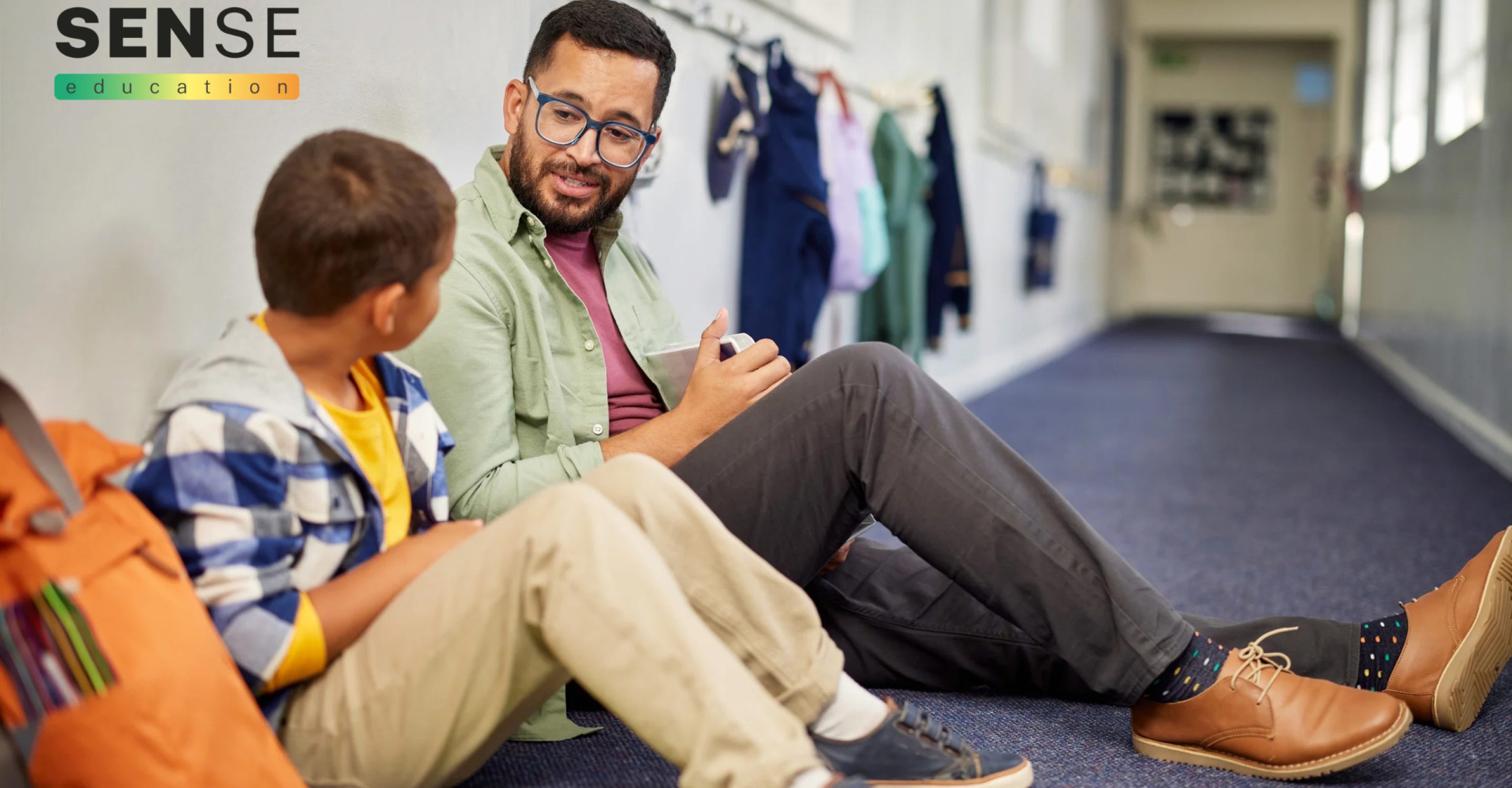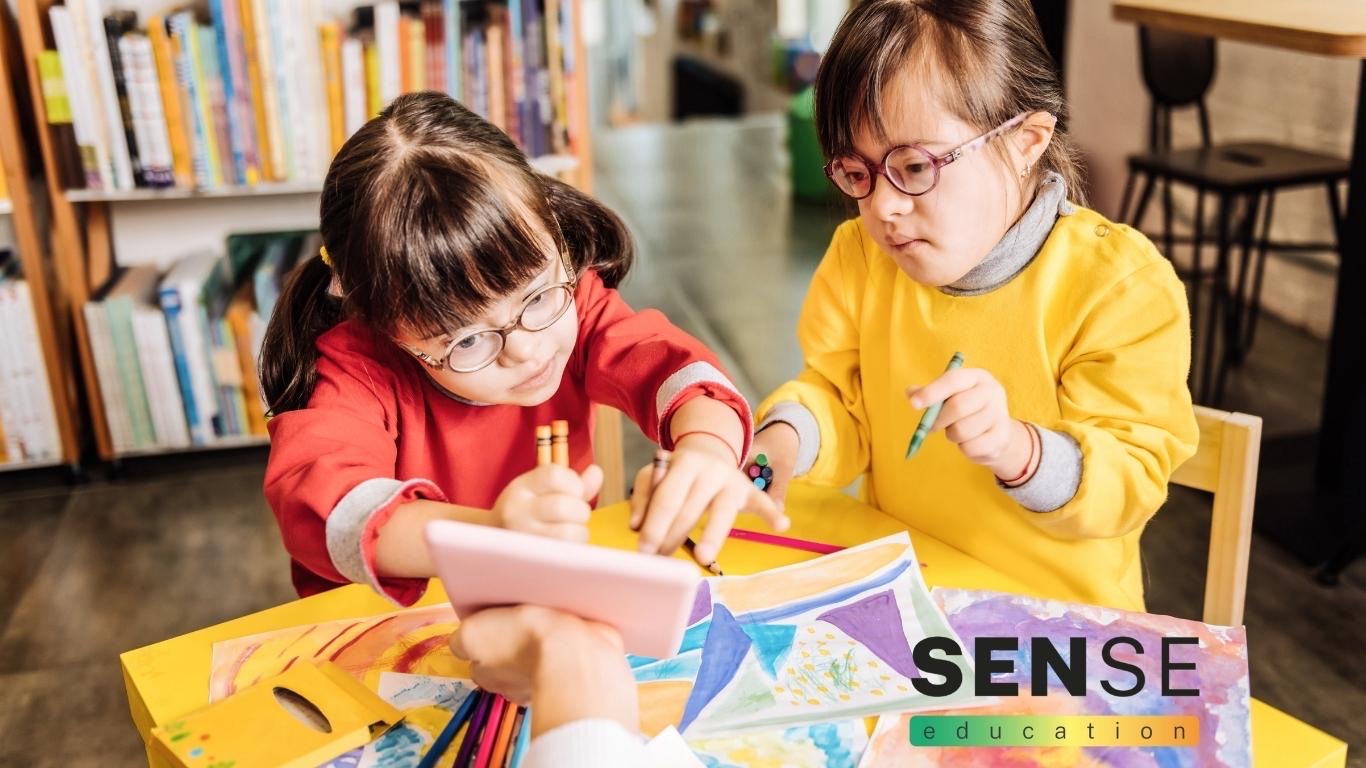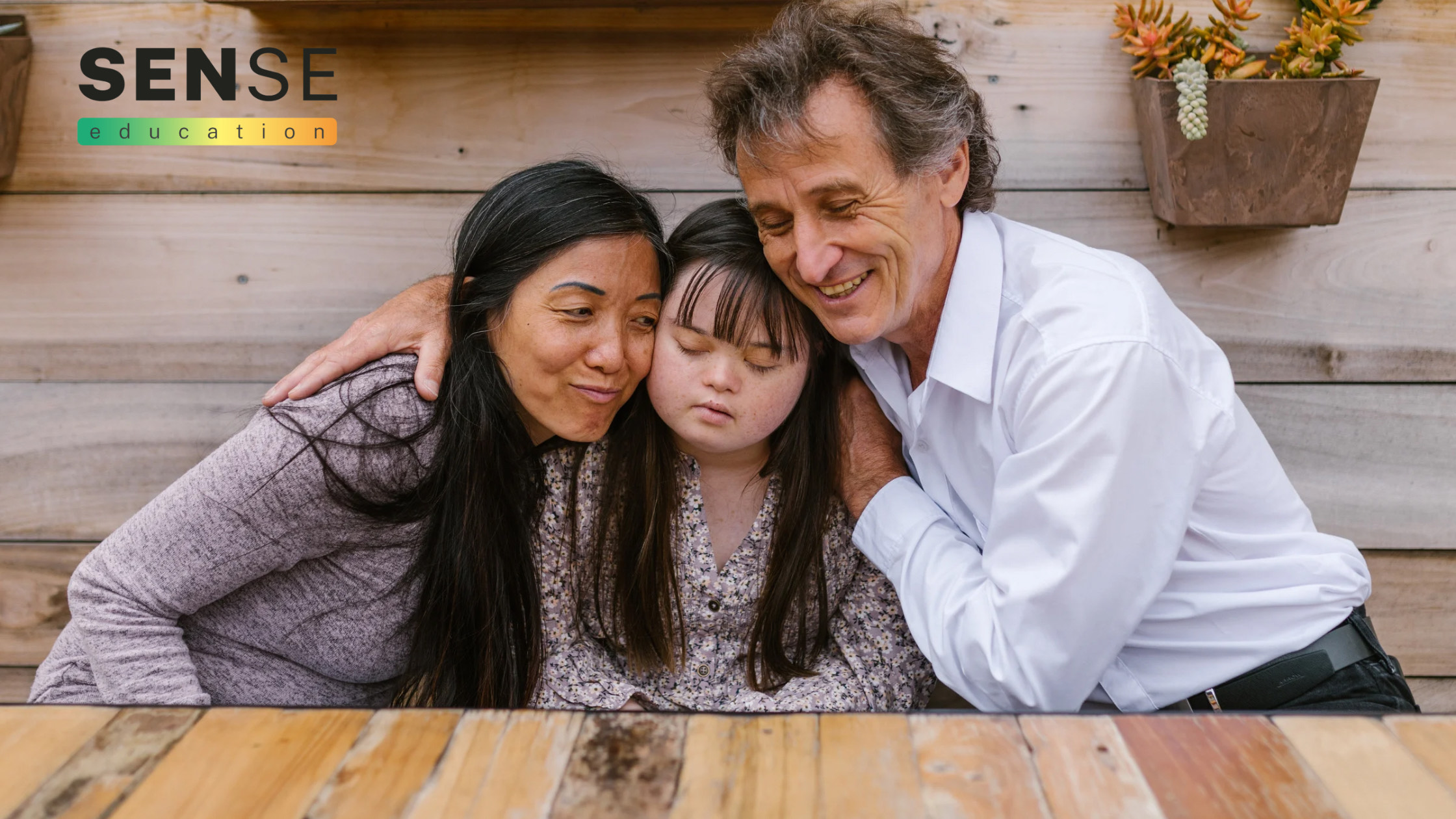Supporting Transitions in School: A September Guide
For pupils with SEND, the start of a new school year can be both exciting and overwhelming. New routines, new staff, and new environments bring opportunities for growth, but they can also create significant challenges. Transitions are a key point where many children need additional support. Without it, pupils may experience heightened anxiety, changes in behaviour, or difficulties engaging in learning. With the right strategies, transitions can be transformed into positive experiences that build confidence, independence, and resilience.
At Sense Education, we believe that transitions should never be left to chance. Throughout September, we are sharing practical strategies across our social media accounts to support pupils with SEND during times of change. This blog brings those ideas together in one place, highlighting simple yet powerful approaches that make a real difference.
Why Transitions Matter
Transitions matter because they are moments of uncertainty. A new teacher, classroom, or routine can be enough to cause distress for a child who thrives on predictability. What might look like defiance or withdrawal is often a sign of worry.
Proactive planning with familiar adults, clear expectations, and structured routines provides pupils with a sense of safety and stability. When transitions are managed well, pupils are free to focus on learning, relationships, and personal growth.
Strategies for Smoother Mornings
Mornings are a particularly important transition point, setting the tone for the entire day. For pupils with SEND, gentle and predictable starts can reduce stress and prevent difficulties later on.
Visual timetables and checklists give clarity and reassurance, while consistent morning routines bring comfort. Allowing pupils to use sensory items such as fidget toys or weighted objects supports regulation. Above all, a warm greeting from a trusted adult signals belonging and safety, ensuring pupils begin the day ready to engage.
Classroom Tools That Work
Transitions continue throughout the day, whether it is moving between lessons, activities, or different spaces. Each of these moments can feel overwhelming without the right structures in place.
Practical classroom tools help enormously:
- Visual timetables reduce uncertainty by showing what is coming next
- Movement breaks allow pupils to regulate their sensory needs and return to learning with focus
- Quiet spaces provide a safe retreat when emotions rise
- Positive reinforcement celebrates effort and resilience, reminding pupils that adapting to change is something to be proud of
These strategies are simple but effective in creating classrooms where transitions are not barriers, but opportunities.
Emotional Regulation Through Change
Supporting transitions is also about recognising the emotional impact of change. Pupils with SEND may feel anxious or unsure during new routines, and equipping them with emotional regulation strategies is vital.
Preparing in advance with social stories, role play, or visual cues helps reduce uncertainty. Teaching calming techniques such as breathing exercises, sensory circuits, or the use of weighted items gives pupils tools for independence. When adults model calm regulation and narrate their strategies, they show pupils that feelings are manageable and valid.
Encouraging children to label and share their emotions builds emotional literacy, reduces frustration, and strengthens their ability to cope with future transitions.
Final Thoughts
Transitions are never just about moving from one place to another. They are about trust, safety, and growth. When schools put in place thoughtful strategies for routines, classroom supports, and emotional regulation, pupils with SEND are better able to settle, engage, and succeed.
With patience, consistency, and the right expertise, we can turn what might feel like overwhelming moments into stepping stones toward resilience and achievement.
At Sense Education, we are committed to ensuring that every pupil has the support they need to thrive. By recognising the importance of transitions and embedding SEND-informed strategies into daily practice, schools can create environments where all children feel safe, included, and ready to learn. With the right support, every child can thrive.
Stay Connected
We share regular insights, strategies, and resources to support pupils with SEND on our social media channels. Follow Sense Education on Instagram and Facebook to stay up to date and be part of our growing community of SEND professionals and advocates.




